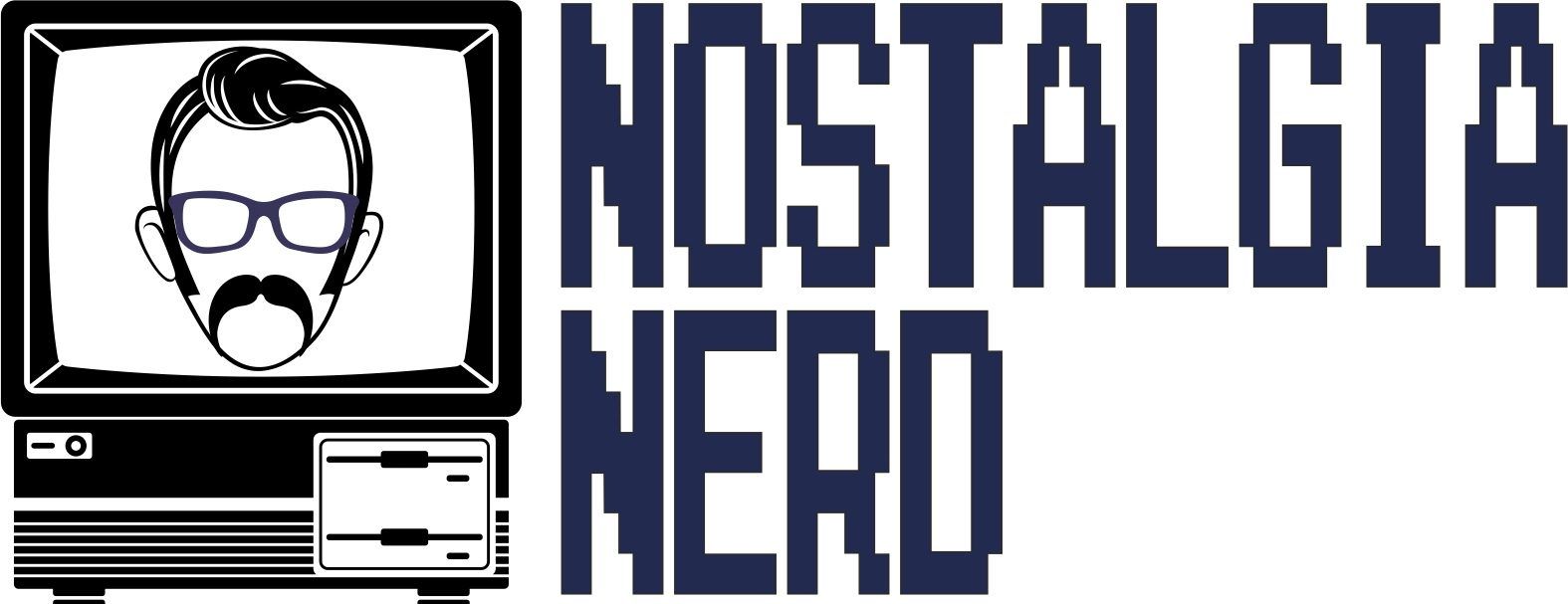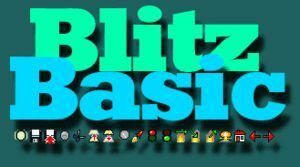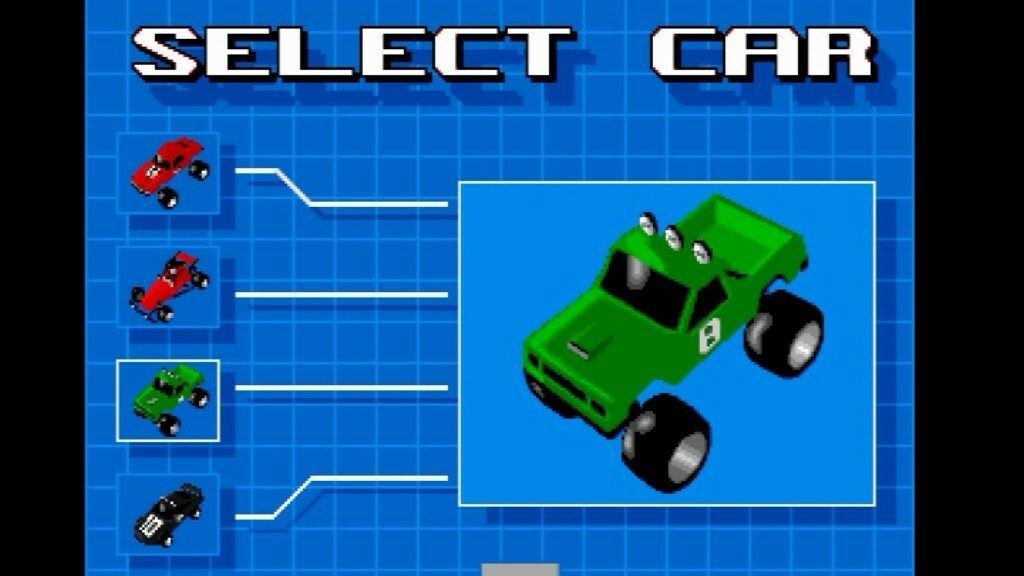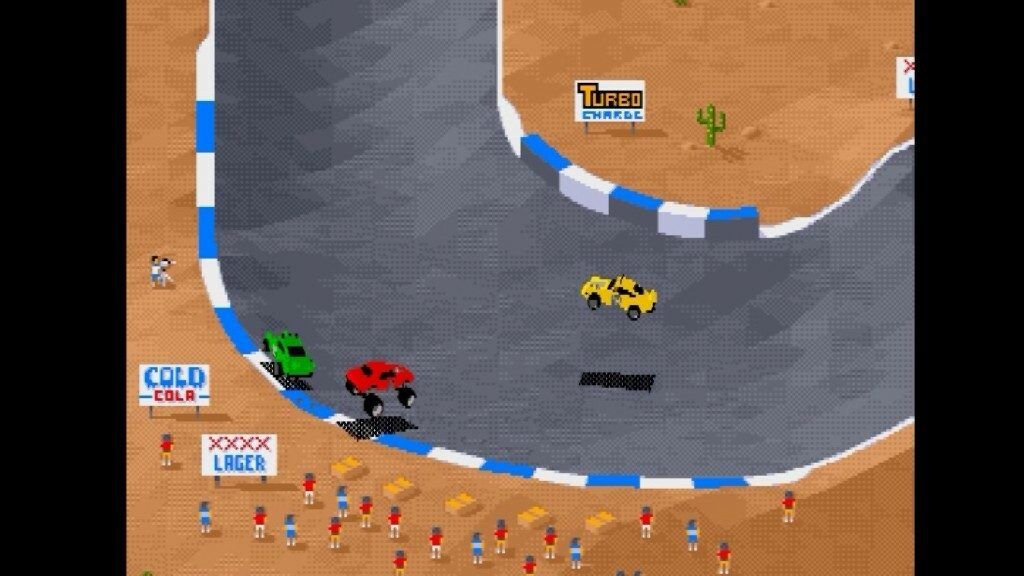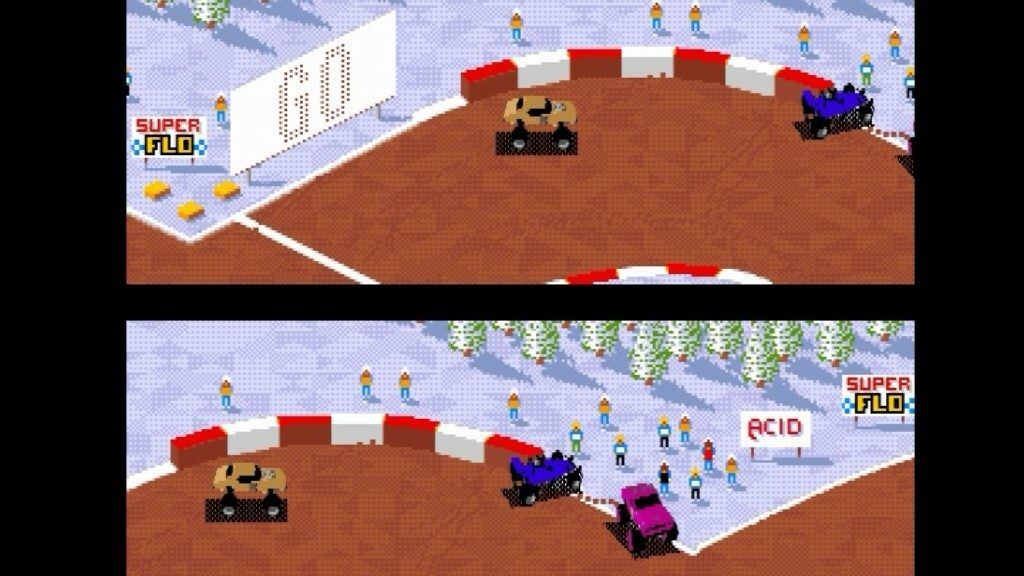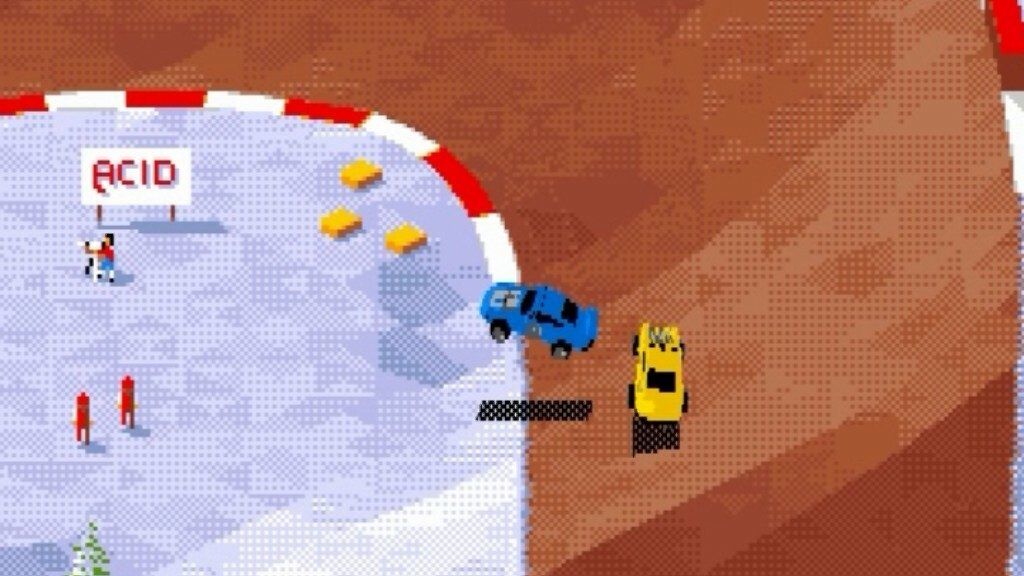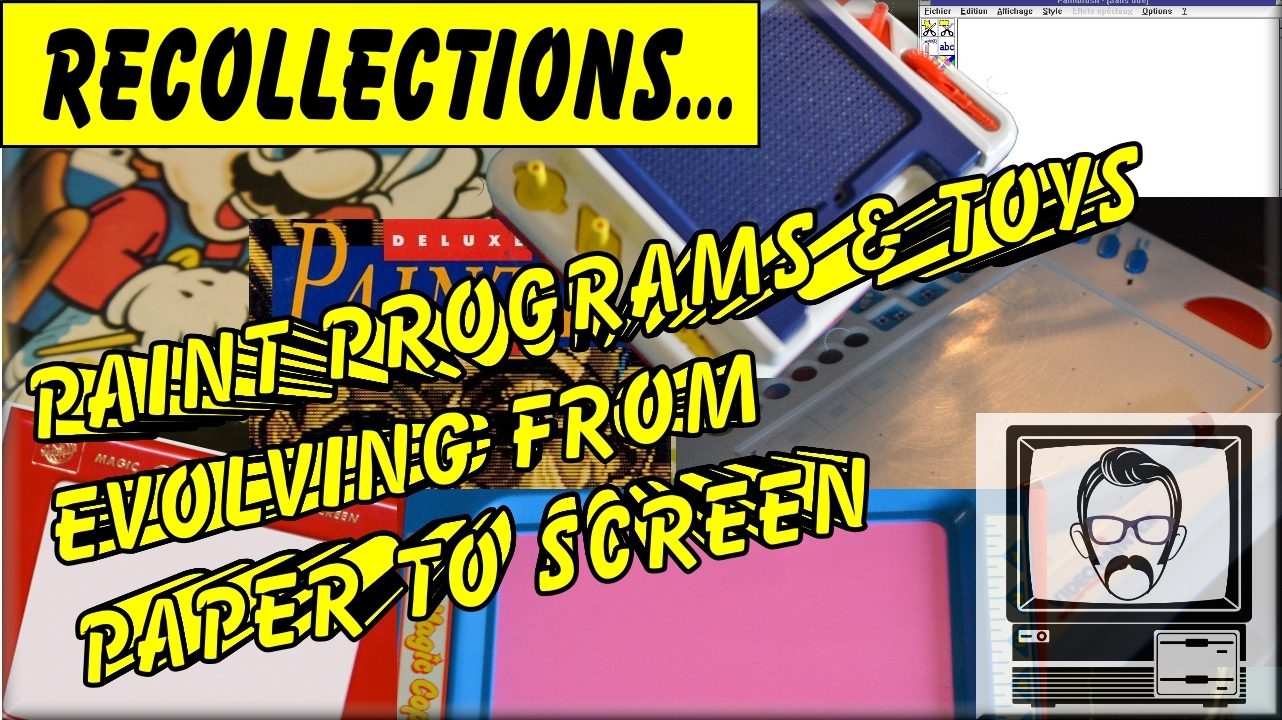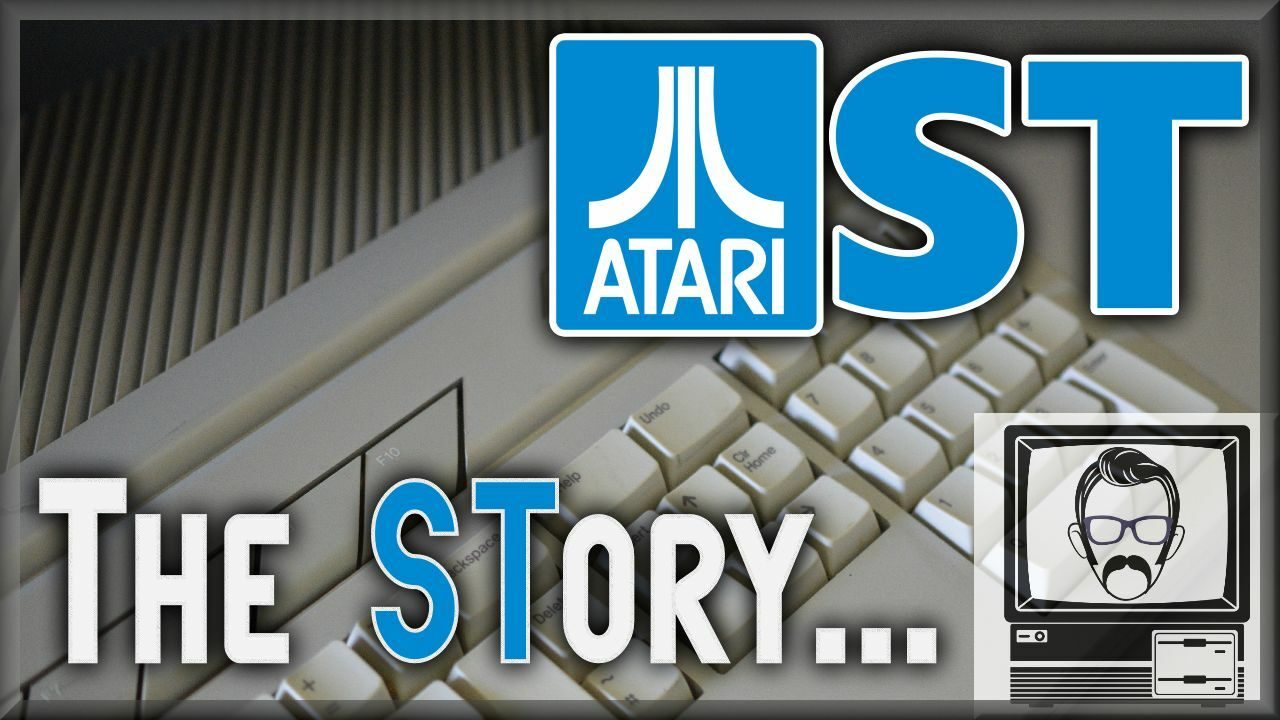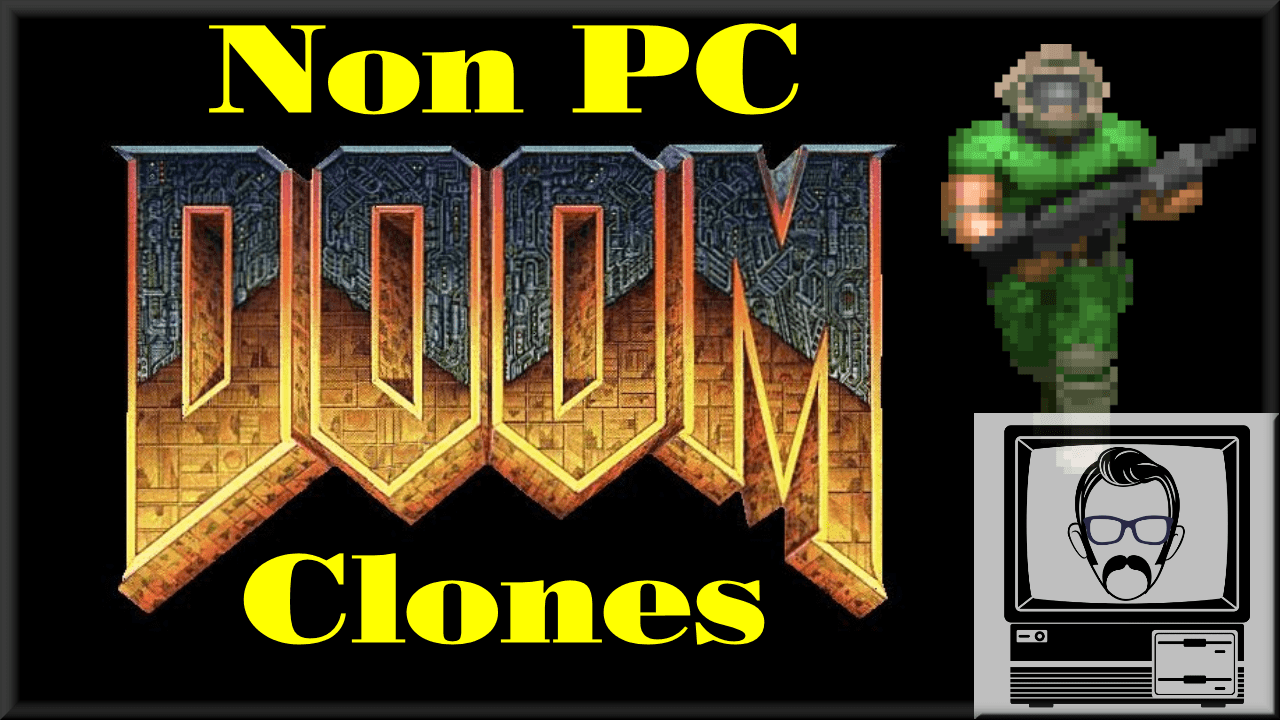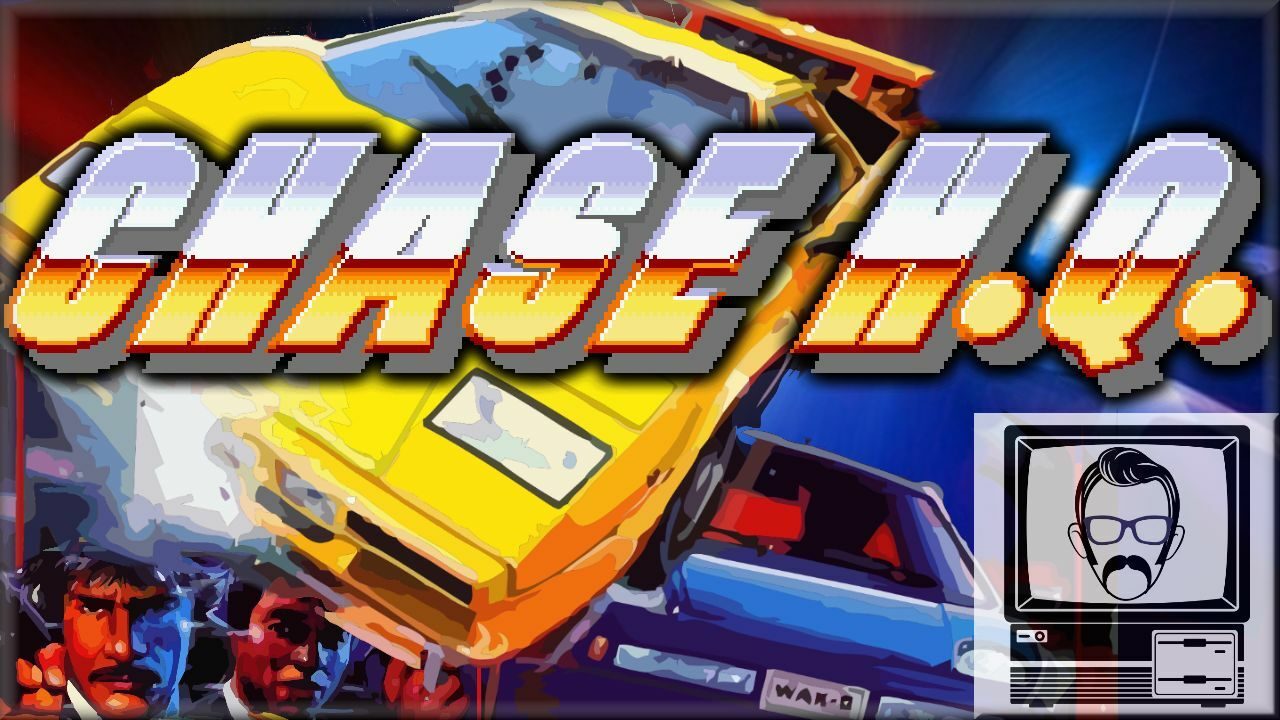Watch the Video
Skidmarks for the Amiga was a revolutionary game, both in terms of it’s isometric view point and the fact it was written in Blitz BASIC. It offered unique graphics with seemingly 3D vehicles on a carefully textured track (which just happened to retain the skidmarks you made on it, even after exiting the course).
Here’s a BASIC Program… Quite simple isn’t it. Quite straightforward. The sort of thing you could knock up with a BASIC reference manual and a bit of experience on your Commodore 64.
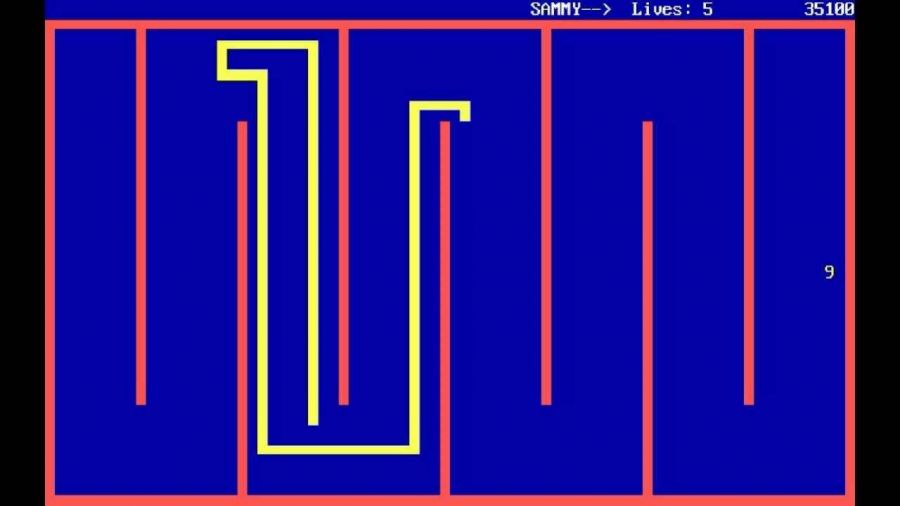
Now, here’s another BASIC Program… Notice the difference?
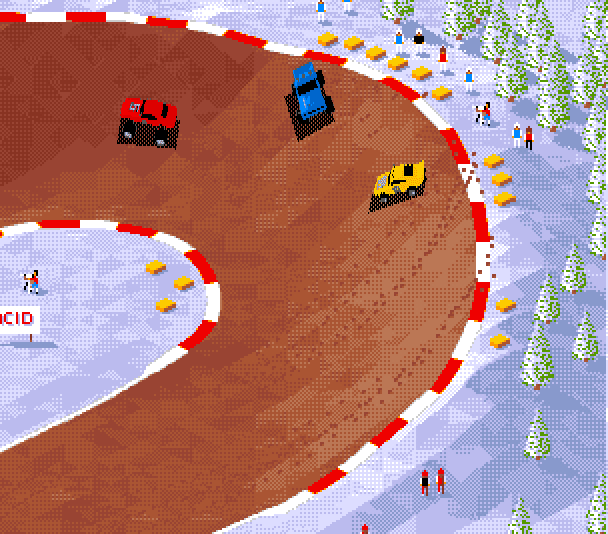
Welcome to the world of Skidmarks… NO. Not that kind of skidmarks, you sicko.
This is Skidmarks, coded by Andrew Blackburn and Simon Armstrong and released in 1993 by Acid Software. With 95% of it written in Blitz Research’s Blitz BASIC, it not only showed what was possible in such a high level programming language. It also revolutionised the top down racing genre, paving the way for many an isometric racer to follow suit throughout the remainder of the 90s. Even games like the more recent TNT racers have a nod to Skidmarks.
My copy is the big box version, highlighting the style of in game 3D cars used on the box front in the reminiscent 3D style that would become mainstream for the next few years. Inside is what appears to be some stapled A4 sheets, folded into a manual, containing some lightly jovial instructions, including a Surgeon General’s Warning that if you make copies of the disks, having your finger nails removed may impair your ability to play the game. Clearly Acid software were a bit raw about the whole piracy market, because several mentions are made throughout the manual about why you shouldn’t do it, even threatening to boycott the disk industry and start making conversions for Japanese consoles, which they indeed did do, with the Super Skidmarks sequel on the Sega Megadrive. It’s somewhat then ironic that the actual game disks are not copy protected, given Acid Software’s background and appreciation of the shareware and PD scene… however the track disks are, so unless you were willing to code up your own tracks, you’re kinda compelled to buy a retail copy.
My copy included 4 disks, with one being a “FREE” AGA disk. Which includes higher coloured car sprites if you happen to have an Amiga 1200 or 4000. There was an additional track disk also available later in the game’s life, bringing the disk total to 5.
You need a minimum 1 meg of RAM to run the game, with an extra type of car available on screen at once, with each additional megabyte of memory you have. The reason each car type consumes a whole megabyte is because each one is composed of 800 sprites (32 rotations with 5 elevations and 5 pitches). These are all pre-rendered in Imagine 2, all are light sourced and they all look pretty darn good, especially the 16 colour AGA versions. I guess they do lack spinning wheels, but what the hell do you expect?
The menu allows you to pick between 1 and 2 player mode, with further options to specify the type of racers you will be racing. Each having their own distinct style, and clearly named with the favourite bands of the development team in mind. You can also choose your skill level, and I strongly recommend Rookie to begin with and also the type of cars available on the track, depending on your memory limitations.
You can then pick the game style, and dive in. If you have the additional track disk, then you can simply insert it on loading and you’ll get a different set of tracks, allowing for a rather modular expansion system.
If you’ve selected anything other than Championship, then you can pick your track, otherwise you simply have to work through them in order… that’s pretty much the only difference in the modes, but when you jump in, it doesn’t matter.
Initially the controls feel twitchy as hell, with a slight movement sending your car into a 360 spin. If you’re playing this with a joystick then this can become even more of a problem. BUT, once you get into the flow of small twitchy movements, this game becomes one of the most addictive racers you’re ever likely to play. Where as Micro Machines was fun mayhem, this is equally as fun, but in a skillful way, filling you with a sense of euphoria when you take a corner perfectly.
The courses aren’t huge, but there’re so many little nuances going on that they rarely get boring. You’ve got jumps, elevated sections, sharp descents, rough areas, cross over sections, and my favourite… banked corners. It’s just an utter delight when you slide your car round one of these corners and power straight down the track. The controls which seem twitchy to begin with, come into their own as they offer you precise control and the ability to put your car exactly where you want. Talking about cars, the car you pick in the main menu, is the car you’re stuck with for the tracks, and each handles slightly different. Switching from the big truck to the buggy felt like moving onto an ice rink, but again, the precise controls allow you to master the vehicle pretty quickly.
Once you complete a track you can opt to either race it again by pressing F10, or you can escape back to the track page and continue working your way through your chosen track disk. Once you’ve come first in every race, you can either try and beat your own times or just try another track disk.
If you happen to be one of those lucky people with friends, then you can also try the whole shebang in two player mode. You might expect the frame rate to drop here, but nope, it remains completely smooth and playable throughout each and every course. You can even network machines over a modem (using the pre-loaded comms software) and play a 4 player game, or even 6, with two people in charge of sending insults to other players using the function keys.
A couple of quirks worthy of mention. The Skidmarks you leave on the track in a particular race, remain there, even if you exit to another track and then go back. I’m not sure if this is a case of egg or the chicken coming first in terms of the title, but who cares, it works, whilst providing light toilet humour at the same time. Also a car knocking into you can send you careening forward at high speed and can quickly make the difference between losing a race and winning, but of course, you can do the same to other drivers, so exercise caution.
It’s the kind of game which satisfies your primal urges and can bring out competitiveness in even the sloathenlyness of sloathes. It’s damn near driving perfection which received very high reviews in all the Amiga magazines of the time. It was probably only bettered by the superlative sequel, Super Skidmarks released in 1995, which was originally designed as an add-on, but soon grew into a full game.
The main difference between the two, I have to say, is the lack of crashes. For all the good that Skidmarks brought, it crashed a hell of a lot between track loads, which added a huge wedge of frustration, especially if you’d just completed your best track time, ever, in the history of the world, ever…. EVER. I suppose coding in BASIC isn’t all it’s made out to be. Along with some improvements to the single player game, there were also a 3 player split, and 4 player single screen mode in the sequel AND the ability to have caravans, which was kinda cool, and fun…. leading the game to be ranked the 24th best Amiga game of all time in Amiga Power magazine.
I enjoyed playing both the original and the sequel in my teenage years. I recall multiple hours being lost straight after school, simply by booting up some Skidmarks and getting lost until hearing “Dinner’s ready” being called from downstairs. And playing the game on this occasion, nothing much has changed… well except for the school and no one making my dinner for me. But hey, who cares, when you’ve got SKIDMARKS?
If you haven’t got them already, I fully recommend you get Skidmarks too…. *snigger*

Nostalgia Nerd is also known by the name Peter Leigh. They routinely make YouTube videos and then publish the scripts to those videos here. You can follow Nostalgia Nerd using the social links below.
